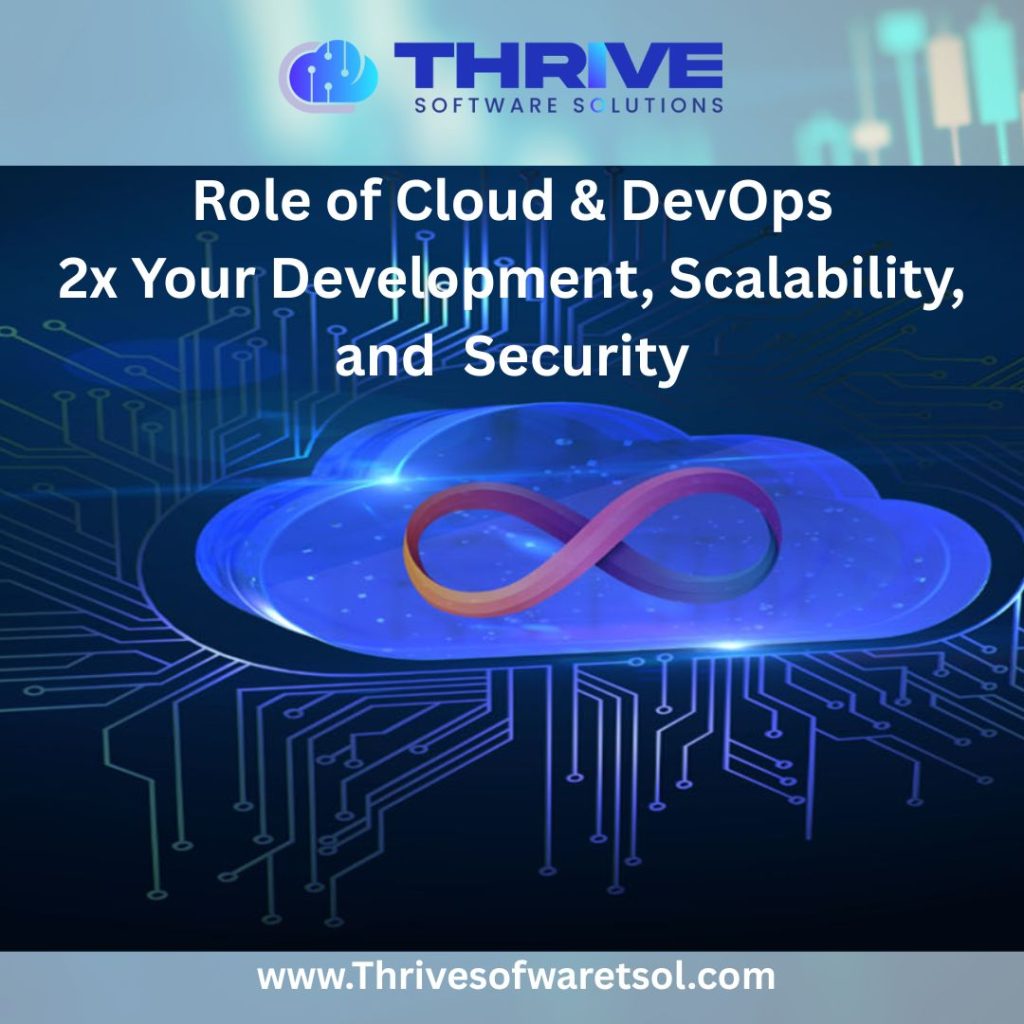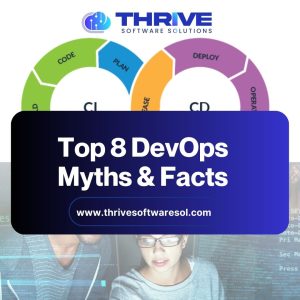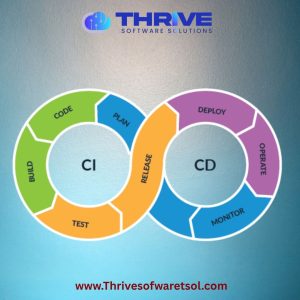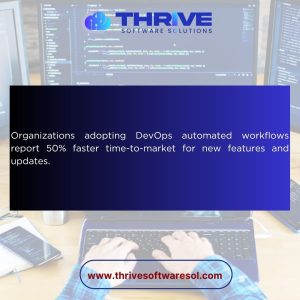Enterprises today live or die by their ability to deliver software rapidly, reliably, and at scale. Traditional, on-premises IT architectures struggle to support continuous integration, automated testing, and frequent releases. By leveraging cloud computing alongside DevOps solutions, organizations gain the agility, automation, and global resilience required to compete in 2025 and beyond.
On-Demand Scalability and Elastic Infrastructure
Cloud providers such as AWS, Azure, and Google Cloud offer virtually limitless compute and storage capacity. With Infrastructure as Code (IaC) tools like Terraform and CloudFormation, DevOps teams define resource requirements in version-controlled code, then provision or tear down environments automatically. When test suites spike or production traffic surges, pipelines trigger auto-scaling policies that expand capacity within seconds—and shrink it just as fast when demand wanes. Enterprises using cloud-native DevOps solutions achieve up to 87% faster scaling while cutting infrastructure costs by 50%.
Infrastructure as Code for Consistency and Compliance
IaC transforms infrastructure configuration into reusable, declarative code stored alongside application repositories. Every network route, virtual machine size, and security group sits in Git, subject to pull-request reviews, automated tests, and audit trails. According to a 2025 market report, 63% of cloud environments are now managed via IaC, eliminating configuration drift and reducing environment provisioning times by 75%. This unified approach enforces compliance, prevents surprises, and accelerates secure delivery across all stages of the pipeline.
Cloud-Native CI/CD Pipelines Cloud-Native CI/CD Pipelines
Managed continuous integration and delivery (CI/CD) services—AWS CodePipeline, Azure DevOps, Google Cloud Build—offload the undifferentiated heavy lifting of maintaining build servers and orchestrating releases. Pipelines automatically compile code, run unit and integration tests, and deploy artifacts to staging or production environments. Organizations embracing cloud-powered DevOps services report 74% faster release cycles and recover from failures 96× quicker than on-premises counterparts. This velocity enables daily or continuous deployments with minimal risk.
Built-In Observability and Automated Remediation
End-to-end visibility is the cornerstone of proactive operations. Cloud platforms provide integrated logging, metrics, and distributed tracing through services like Amazon CloudWatch, Azure Monitor, and Google Cloud Operations. These tools connect natively to CI/CD workflows, enabling teams to set thresholds, trigger alerts, and launch automated remediation runbooks or ChatOps workflows when anomalies occur. Enterprises using these observability frameworks maintain 99.99% uptime, rapidly diagnose root causes, and continuously optimize performance.
Global Resilience and Disaster Recovery
Public cloud providers operate dozens of regions and hundreds of availability zones worldwide. By replicating IaC templates and data across multiple regions, DevOps solutions achieve sub-second recovery time objectives (RTOs) and near-zero recovery point objectives (RPOs). Multi-region failover strategies protect applications from localized outages—power grid failures, natural disasters, or network disruptions—without human intervention. This global footprint allows enterprises to deliver consistent, low-latency experiences to users on every continent.
Security, Compliance, and DevSecOps Integration
Cloud platforms embed identity and access management, encryption, and compliance controls directly into DevOps workflows. AWS IAM, Azure AD, and Google Cloud IAM integrate with pipelines, enforcing least-privilege policies at build time. Automated security scanning and policy-as-code frameworks validate configurations and dependencies before deployment. A 2024 AWS Economic Validation Report found migrating to AWS cut compute costs by 63%, networking by 66%, and storage by 69% versus on-premises infrastructure—all while enhancing security posture. DevSecOps practices shift security left, resolving vulnerabilities 11.5× faster and reducing incidents by 50%.

Case Study: Netflix’s Cloud-Native DevOps Journey
Netflix illustrates the power of cloud computing combined with DevOps solutions. After a 2008 database outage disrupted DVD shipments to 8.4 million customers, Netflix migrated to AWS, redesigning its monolithic application into microservices and pioneering container management with Titus. By adopting cloud-native DevOps:
- Releases became autonomous and continuous—developers push code without gatekeepers.
- CI/CD pipelines spin up environments on demand, run chaos engineering tests, and deploy in minutes.
- Global edge caching and multi-region deployments ensure millisecond-level performance worldwide.
This transformation fueled Netflix’s exponential growth: streaming hours increased 1,000× from 2007 to 2015, and subscriber count grew eightfold by 2020. Netflix’s DevOps-driven cloud strategy remains a gold standard for innovation at scale.
Cost Optimization and Financial Agility
While cloud power drives innovation, cost control is equally vital. DevOps teams embrace cloud cost optimization as a continuous responsibility. Best practices include right-sizing instances, leveraging spot and savings plans, and automating shutdown of idle resources. A typical Savings Plan on AWS can deliver up to 72% discounts on compute usage, while spot instances reduce costs by up to 90%. This financial agility aligns consumption with real-time business demands, optimizing budgets without sacrificing delivery speed.
Conclusion
Cloud computing underpins modern DevOps solutions by delivering on-demand scalability, IaC-driven consistency, managed CI/CD, integrated observability, global resilience, and embedded security. Enterprises that master cloud-DevOps synergy accelerate innovation, maintain ironclad reliability, and optimize costs—winning market leadership in 2025’s digital economy. Embrace these cloud-native DevOps solutions to transform your software delivery from a bottleneck into a competitive advantage. Contact Thrive Software Solutions for custom DevOps services and solutions in Washington, USA.






